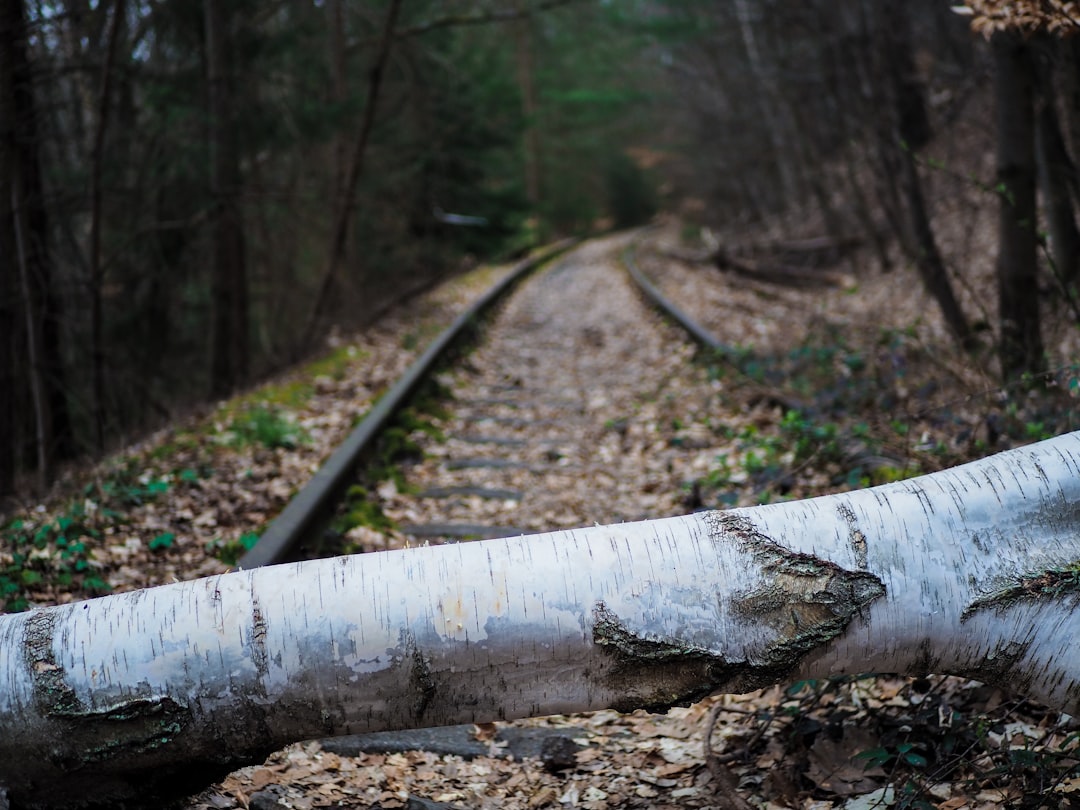body {
font-family: sans-serif;
line-height: 1.6;
}
h1, h2, h3 {
color: #333;
}
The safe and efficient transportation of natural gas relies heavily on the integrity of the pipeline infrastructure. Corrosion is a significant threat, leading to leaks, environmental damage, and potential safety hazards. To combat this, various protective coatings are employed, with EP (Epoxy), PP (Polypropylene), and PE (Polyethylene) coated pipes emerging as leading solutions. This comprehensive guide delves into the specifics of these coatings, their applications, and their crucial role in ensuring the longevity and safety of gas pipelines.
Understanding EP, PP, and PE Coatings for Gas Pipelines
Each coating offers unique properties tailored to specific pipeline environments and operational demands. Epoxy (EP) coatings are thermosetting polymers known for their excellent adhesion, chemical resistance, and mechanical strength. They provide a robust barrier against corrosion, particularly in aggressive soil conditions. Polypropylene (PP) coatings, on the other hand, are thermoplastic polymers offering high impact resistance and flexibility, making them ideal for pipelines subjected to significant mechanical stress. Polyethylene (PE) coatings, also thermoplastic, are renowned for their excellent abrasion resistance, ease of application, and cost-effectiveness. The choice of coating depends on factors like pipeline diameter, soil conditions, operating pressure, and budget constraints.
Advantages of Using EP/PP/PE Coated Pipes in Gas Transmission
The use of EP, PP, and PE coated pipes offers several significant advantages in gas pipeline construction and operation. These include:
- Enhanced Corrosion Protection: The coatings act as a barrier, preventing moisture and corrosive agents from reaching the pipe’s surface, significantly extending its lifespan.
- Improved Safety: By preventing corrosion-related failures, coated pipes minimize the risk of leaks and explosions, enhancing the overall safety of the gas transportation system.
- Reduced Maintenance Costs: The extended lifespan and reduced risk of failures translate into lower maintenance and repair expenses over the pipeline’s operational life.
- Ease of Installation: Many PE coatings, in particular, are relatively easy to apply and handle, streamlining the installation process.
- Environmental Benefits: By preventing leaks and reducing the need for repairs, coated pipes contribute to environmental protection by minimizing the release of greenhouse gases and other pollutants.
Factors Influencing the Selection of Coating Type for Gas Pipelines
Choosing the appropriate coating for a gas pipeline project requires careful consideration of several key factors:
- Soil Conditions: Aggressive soils with high acidity or salinity require coatings with superior chemical resistance, often favoring EP coatings.
- Pipeline Diameter and Length: Larger diameter pipes may require specific application techniques and coating thicknesses.
- Operating Pressure: High-pressure pipelines necessitate coatings with exceptional mechanical strength to withstand the internal stress.
- Environmental Regulations: Compliance with local and national environmental regulations is crucial in selecting appropriate coatings and application methods.
- Budgetary Constraints: Cost-effectiveness plays a significant role, with PE coatings often presenting a more economical option compared to EP coatings.
Installation and Quality Control of EP/PP/PE Coated Pipes
Proper installation and quality control are vital to ensuring the effectiveness of the coating. This includes meticulous surface preparation of the pipe before coating application, adherence to strict application procedures to ensure uniform coating thickness and absence of defects, and thorough inspection to identify and rectify any imperfections. Regular inspections throughout the pipeline’s lifespan are also crucial to detect any signs of coating degradation or damage.
Advanced non-destructive testing (NDT) methods, such as ultrasonic testing and electromagnetic inspection, are often employed to assess the integrity of the coating and the underlying pipe material. These techniques help identify potential flaws and ensure the continued safety and reliability of the gas pipeline.
Regulations and Standards for Coated Gas Pipelines
The design, construction, and operation of gas pipelines are subject to stringent regulations and standards to ensure public safety and environmental protection. These regulations often specify requirements for coating materials, application methods, inspection procedures, and testing protocols. Compliance with these standards is essential to obtain necessary permits and approvals for pipeline projects. Organizations such as the American Gas Association (AGA), ISO, and national regulatory bodies play a crucial role in establishing and enforcing these standards. Staying updated on these regulations is crucial for anyone involved in the gas pipeline industry.
In conclusion, the selection and proper application of EP, PP, and PE coated pipes are crucial for the long-term integrity, safety, and efficiency of gas pipeline systems. Careful consideration of various factors, adherence to industry standards, and rigorous quality control are paramount to ensuring the successful implementation of these crucial protective measures.
SEO Tags:
- EP coated pipes
- PP coated pipes
- PE coated pipes
- Gas pipeline coatings
- Corrosion protection pipelines




